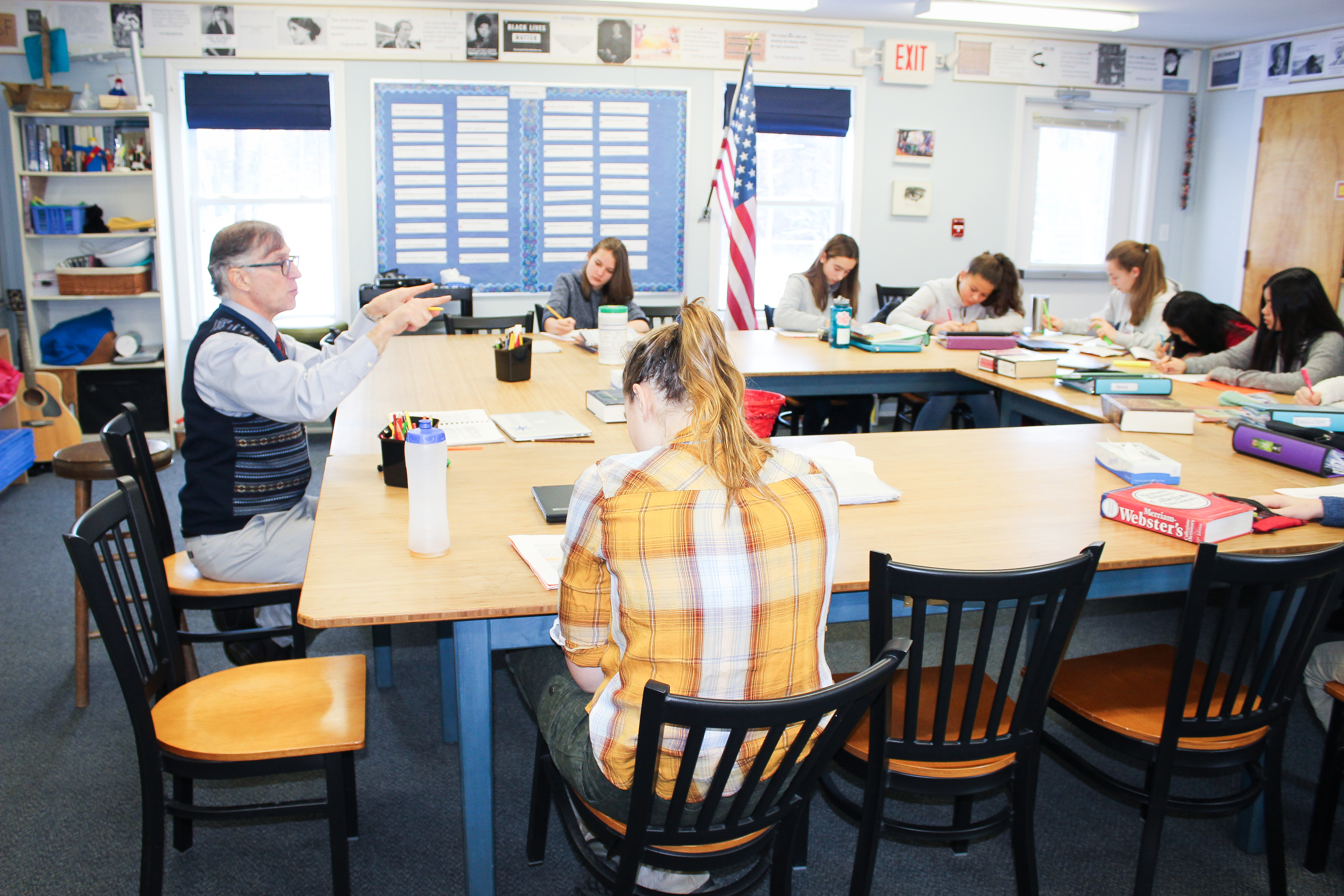
The National Assessment of Educational Progress (NAEP) recently published their results on student performance in 2019. Unfortunately, they found educational achievement in the United States to be stagnant during a period when many developed countries made progress in key academic areas. Among other findings, students in the United States made no improvement in reading or math scores over the last decade and currently only one-third of fourth and eighth graders are proficient readers for their age group. Independently, the Program for International Student Assessment (PISA) found that 15-year-olds in the United States haven’t made progress in reading and math over the previous two decades.
Of particular concern is that both NAEP and PISA found that the achievement results between low-performing and high-performing students grew wider. This widening gap has occurred despite educational reforms such as No Child Left Behind in the early 2000’s and the Common Core State Standards Initiative which went into effect ten years ago. Both national reform initiatives sought to build consistent educational standards across the country and ensure that all students were prepared for two- or four-year higher educational institutions by the time they completed high school.
As one might expect, there’s been a lot of finger pointing after these results were published. Some cast blame on an uneven implementation of Common Core State Standards. Others believe it is caused by ineffective instruction. Persistent poverty in certain areas also has an impact. Yet, everyone can agree that these results point to a disturbing trend: many students in the United States are not making sufficient academic progress during a period when they need to develop both the knowledge and skills to pursue life-long goals. This is particularly true for the current generation of students who are likely to face even more complex issues as they enter the workforce.
There’s no easy solution on the horizon. But there’s little doubt that everyone who is in the profession of supporting students’ educational goals, from local schools to state agencies to the federal government, need to do more. We can’t let another decade go by without making the academic needs and the progress of our current students a top priority.




